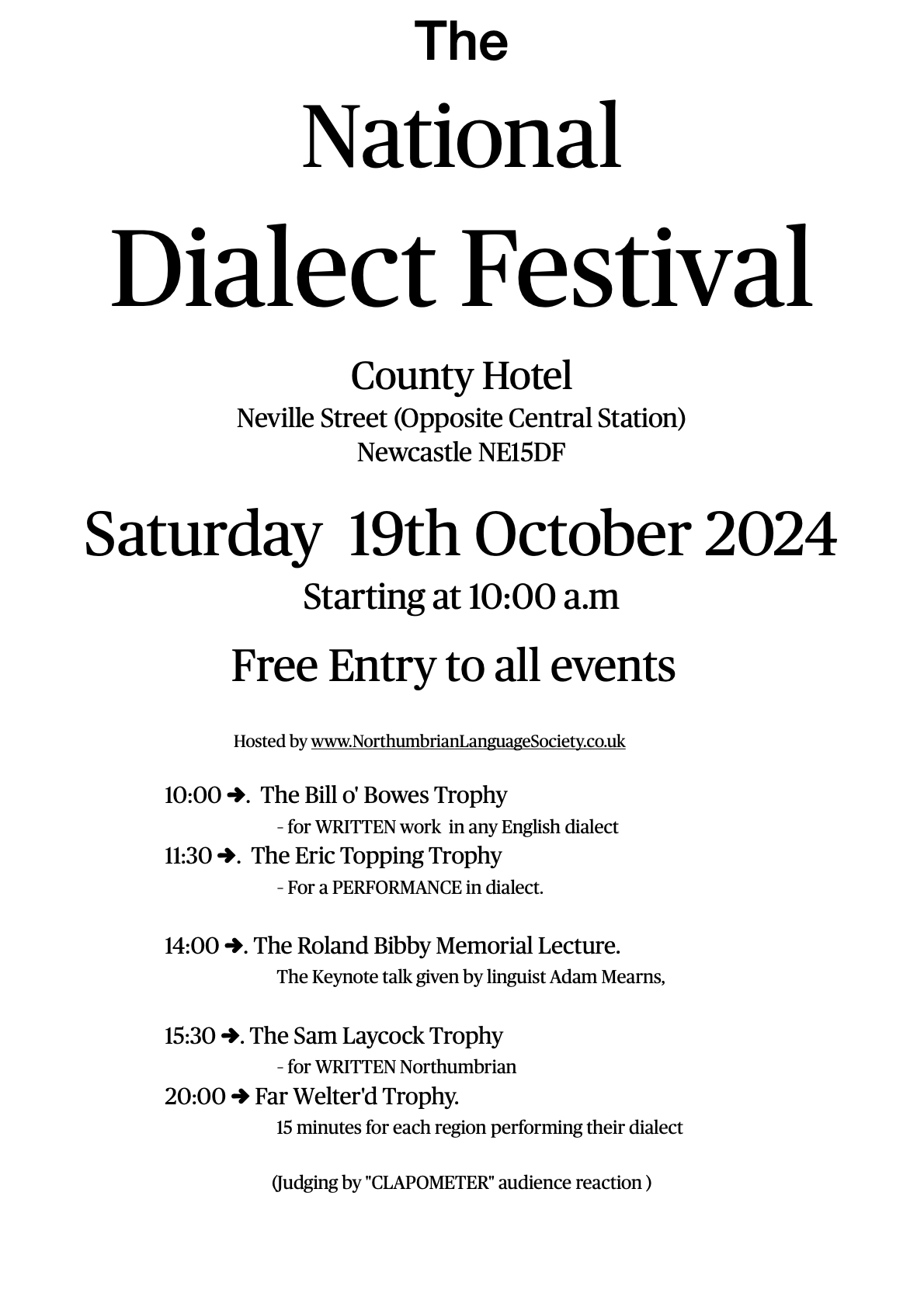This snippet of Sids’ writing for the Guardian newspaper gives a sample of his work. He worked as a journalist and columnist for The Guardian.
From the archive, 9 September 1960:
Traditional cloth cap in decline
Not all revolutions start from the bottom upwards, and there are now indications that something radical is happening to the cloth cap.
Standing in Grainger Street, Newcastle upon Tyne, last Saturday afternoon, I saw only five caps – not counting county or cheesecutter types. It is true that later in the day, at the Theatre Royal, I saw one more, but it was on the stage and not in the orchestra stalls – or to phrase it more nicely, not proceeding to the orchestra stalls.
There is a pang for me in the thought that the cloth cap may be doomed. Nobody mourned the passing of the muffler, which was strictly utilitarian and ugly and, in many ways, the badge of poverty. But the cap can be gay. It is democratic and useful. It is flexible, not only as an article of headwear, but also in its fixing of all ages and many moods. If the bowler were set apart for funerals, a black band on your arm and black cap on your head was sufficient for the period of mourning that followed. Somebody should compile a history of the cap before it is too late.
At one time there was a cap for most ranks. The doctor wore a medical cap and the bookie a gambler’s cap – the kind with a button in the middle – and you could always tell a gaffer’s cap from a common or bench cap.
There is – or was – a language of caps. Pulled square to the ears it indicated that you were off to chapel or a leek show; tilted to the back of your head that you were on your way to the pub, a dance, or off courting – the real rake wore it sidewise to show off his parting.
Peak over nose was for relaxation in the sun, or for use as a visor when the pigeons homed in straight from the west before sunset. Late home after a convivial evening you opened the door and threw in your cap as a light-hearted preliminary.
Caps are useful. Turned back to front they shield your neck from the rain, and pulled well down with the press-stud open they give maximum warmth on a bitter day. A cap is handy for picking up a boiling kettle or a hot poker, or for carrying eggs.
Sartorially there was nothing more impressive than a rakish cap worn with a blue suit – particularly the kind with a double-breasted waistcoat and 24in. bottoms to the trousers.
The absence of caps may be only a seasonable thing. Even so it still marks a decline. It will be the victory of Subtopia over the good old industrial common sense and the gaiety that often went with it.
Sid Chaplin
Originally published in the Guardian on 9 September 1960
More information about Sid can be found at
https://www.britannica.com/biography/Sid-Chaplin
https://www.bbc.co.uk/news/uk-england-tees-37466143
https://en.wikipedia.org/wiki/Sid_Chaplin


